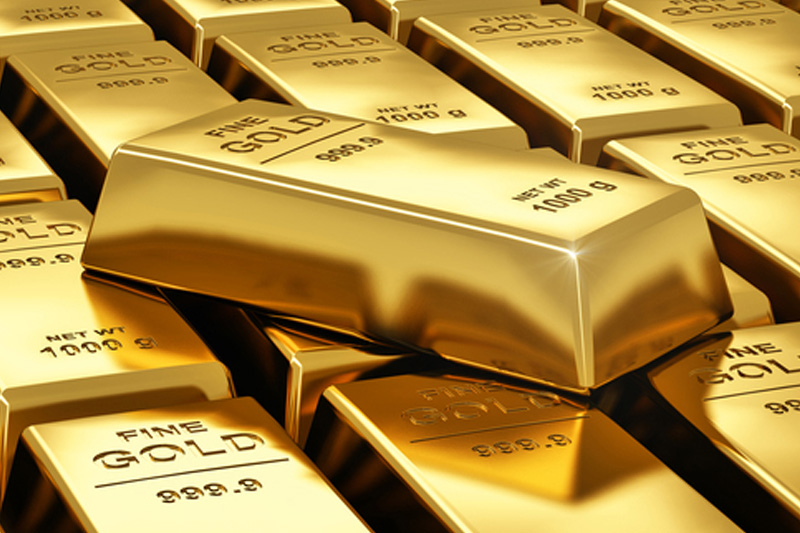By Barani Krishnan
Investing.com – Central banks around the world are surprising investors with generous, and sometimes completely unexpected, rate cuts that are fueling gold’s rally to six-year highs above $1,500 an ounce.
Spot gold, reflective of trades in bullion, traded at $1,506.49 per ounce by 2:34 PM ET (18:34 GMT), up $34.35, or 2.3%. It was bullion’s highest price since May 2013. The spot price of gold has gained 4.6% on the week, 6.8% on the month and almost 17.5% on the year.
Gold futures for December delivery, traded on the Comex division of the New York Mercantile Exchange, settled up $35.40, or 2.5%, at $1,519.60. It surged to $1,522.35 earlier, a peak since Aug 2013. December gold has rallied 4.2% on the week, 5.6% on the month and almost 15.7% on the year.
Gold prices have been on a tear since U.S. President Donald Trump threatened to impose from Sept. 1 a 10% tariff on hitherto untaxed Chinese imports of $300 billion. China’s central bank then devalued the yuan in retaliation against Trump’s newly-planned tariff, sending an already bullish gold market into overdrive, as investors plowed in the yellow metal as a hedge against economic and political troubles.
With the trade war not appearing to end anytime soon, analysts think gold futures could seek a perch in the $1,800 territory in the coming weeks, closing in on its 2011 record high of $1,911.60.
In Wednesday’s session, the Reserve Bank of New Zealand cut its interest rate by a half percentage point to a record low of 1% and signaled that further reductions could be necessary, shocked markets that had priced just a 25 basis point cut.
Although the Reserve Bank of India was widely expected to cut its own interest rate for the fourth-straight time this year, it ended up doing so by a larger-than-expected 35 basis points.
Adding to the string of dovish moves, Thailand’s central bank also cut by 25 basis points in an unexpected move.
“Gold is doing very well out of all of this, climbing on the back of a softer dollar, risk aversion and just a broader beneficial environment, from a monetary policy perspective,” Craig Erlam, market analyst at Oanda, said in a note.
Global policy easing has also driven bond yields lower, lowering the opportunity cost of holding non-yielding bullion.
At the same time, the recent escalation in trade tensions between the U.S. and China supported demand for the safe-haven precious metal.
